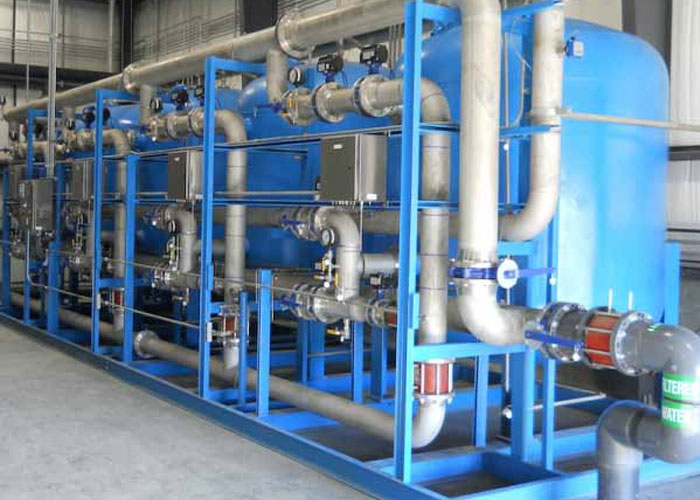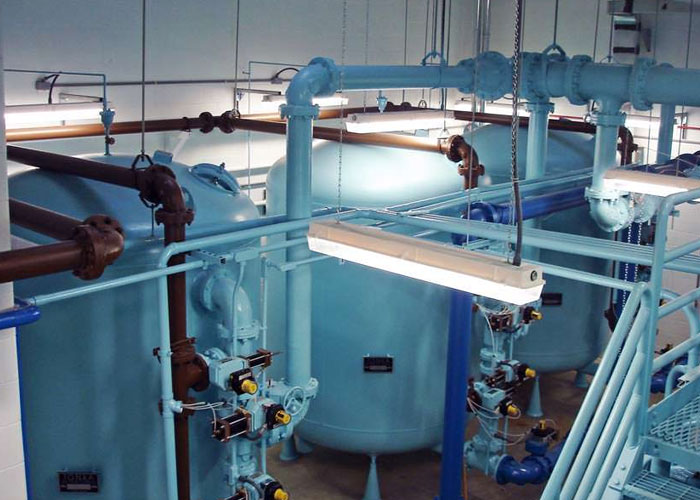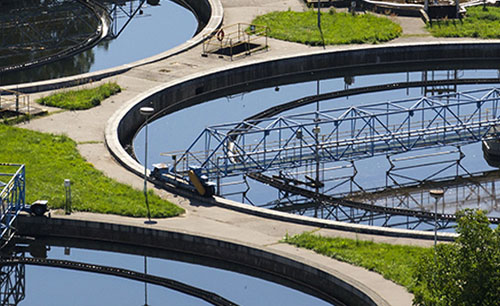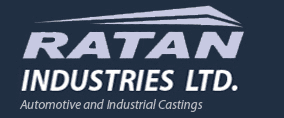Wastewater treatment involves separating the organic matter from the water. There are several types of wastewater treatment processes. These processes include trickling filtration, Activated sludge, and disposal. Learn more about these processes. You'll also find out how to find the best option for your station.
Depending on the location of your home, you might have to purchase an STP to handle your sewage. Generally, residential buildings need at least one STP to treat sewage. Many STPs are located underground, making them difficult to maintain. Moreover, you may not be able to inspect them without hiring an expert. It is better to consult a professional if you have any doubts about the process.
Secondary treatment
Secondary treatment of wastewater produced at railway stations is performed in a number of different ways. First, wastewater is neutralized. This is done by adding lime, limestone, or H2SO4 to the wastewater. Next, a holding tank is used to equalize the flow and concentration of the wastewater. In this way, the pH of the water remains relatively stable. After this, biological treatment takes place.
Depending on the pollutants in the wastewater, secondary treatment methods may reduce or remove toxic organics and VOCs. However, some processes are not effective at removing heavy metals and other contaminants. In addition, secondary treatment may not be able to remove pathogens and other pollutants.
A complete mix-activated sludge system is commonly used for industrial wastewater treatment. This method maximizes the dampening of influent wastewater while minimizing toxicity. However, treating some readily degradable wastes may lead to the growth of filamentous microorganisms that do not settle in the secondary clarifier. A selector may be used before the aeration basin to avoid these problems.
Trickling filtration

Trickling filtration is a wastewater treatment method that uses a fixed bed of filter media. The wastewater is forced down over the media, causing a layer of microbial slime to form. The filter media is usually porous and breathable, which helps maintain aerobic conditions. Some systems also use forced air to flow over the bed. The trickling filter is among the oldest and most well-established wastewater treatment methods and is particularly effective at removing sludge.

Trickling filtration systems are available in two main configurations, allowing them to be used as single-pass or multi-pass systems. The latter allows for a higher treatment quality, promoting denitrification and nitrification in the anaerobic septic tank and aerobic media bed. Some systems utilize two banks of filters in series. The wastewater flows through each filter in a circuit that rotates every few days to balance the flow.
Activated sludge
Activated sludge is a very useful process for treating wastewater from railway stations. It is a relatively inexpensive process that effectively removes hazardous and unwanted pollutants and provides reuse opportunities for constituents. Activated sludge processes involve three basic steps: pretreatment, primary, and secondary treatment. When needed, tertiary treatment may be added. The first step in the process is pretreatment, which renders raw wastewater compatible with subsequent treatment steps. It also aims to eliminate constituents that may interfere with sludge and accumulate in it.
Activated sludge treatment uses a mixture of microorganisms that consume organic wastes and form a sludge mass. The mixture is then treated in a secondary sedimentation basin. This process removes up to 95% of the pollutants in wastewater, much higher than other biological oxidation processes. The process is highly efficient and requires very little operator attention.
Activated sludge has several limitations. For example, the application rate is limited in areas where the sludge is applied. This process also requires consideration of the potential adverse effects on groundwater. Several factors affect the movement of various contaminants through the soil, such as composition, concentration, and speciation. These factors can limit the types of crops grown on the land where sludge is applied.
Disposal method
The Disposal method of wastewater produced in railway stations can be different for different countries. In some countries, wastewater treatment is done using anaerobic sludge, and some procedures involve using plants. However, some countries use deep disposal methods. For example, the UK and Canada have begun site selection processes.







































Share Post